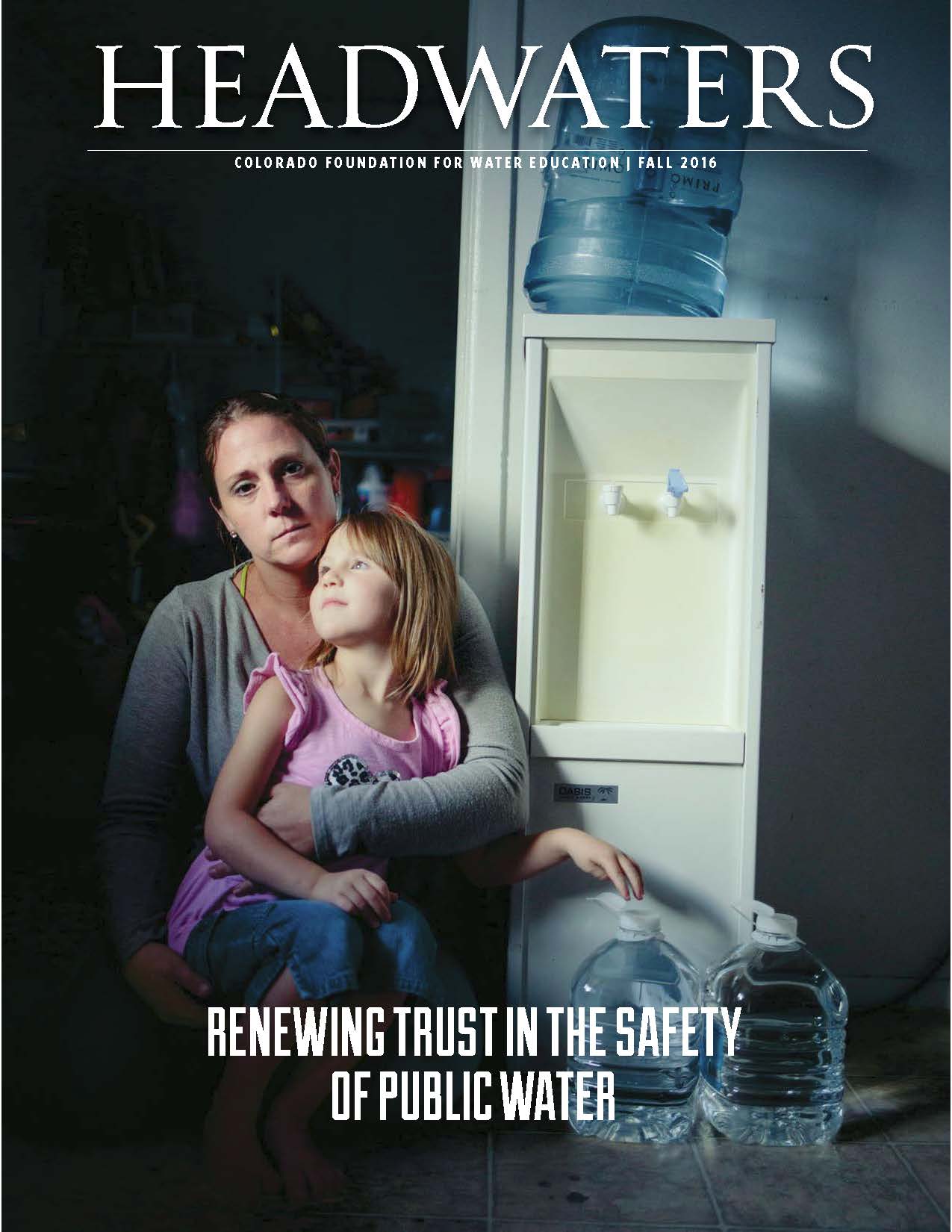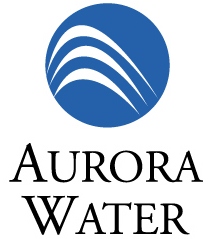| Dale Colerick spent years monitoring Hillrose's drinking water for uranium, and when a new EPA rule put his town's supply over the allowable limit, he set to work finding a new, safe drinking water source. Credit: Paula Gillen |
What small, rural utilities and private well owners face in keeping their water safe to drink
By Nelson Harvey
It didn’t take long for Dale Colerick to realize he had a problem.
In the winter of 2004, Colerick ran the water utility for the 300-person northeastern Colorado hamlet of Hillrose, whose grid of old Victorians, doublewides and mobile homes sits south of Interstate 76 amid the crop circles and cattle ranches of Morgan County.
Hillrose drew its drinking water from an alluvial well connected to the nearby South Platte River. Late in 2003, a new federal rule took effect that was meant to reduce the risk of cancer and kidney damage in areas where uranium—often naturally present in surrounding rocks—made its way into groundwater. The U.S. Environmental Protection Agency (EPA) developed the rule under the landmark 1974 Safe Drinking Water Act, which regulates both natural and manmade drinking water contaminants. The new rule directly regulated uranium for the first time, capping uranium levels in drinking water at 30 parts per billion, and gave communities four years to meet the standard before penalties kicked in.
| Denver Water's purple pipes supply water reclaimed for nonpotable reuse to the Denver Zoo, parks, golf courses, schools, Xcel Energy, and other users for landscaping and industrial uses. Courtesy: Denver Water |
With water reuse, the challenge is no longer public perception, but protecting public health
By Allen Best
Looking to Mt. Evans from the hillsides of oak brush and ponderosa pine in Castle Rock, you might get the wrong impression of the city’s water reality. The mountain’s 14,265-foot summit is covered with snow much of the year, suggesting springtime abundance. But only the thin trickle of Plum Creek passes through Castle Rock. Instead, the city of 60,000 relies primarily on wells that draw water from Denver Basin aquifers underfoot. Those aquifers are dropping by about five feet per year. It’s an unsustainable future.
Castle Rock and other water providers in Denver’s South Metro area understand the need to diversify their water supplies. One big piece of that puzzle is water reuse. You’ve heard of locovores, people who favor locally sourced food? This is similar. Call it locoagua. Rather than import water from distant sources, these water-strapped communities can reuse certain water supplies again and again, until they are exhausted. For many communities, it’s the lowest-cost alternative. Given proper treatment, it can be the highest-quality alternative, too.
The concept is relatively new to Colorado. “A lot of people don’t know what reuse is,” says Laura Belanger, president of WateReuse Colorado, an advocacy group that includes many water utilities. “Historically, it has been clumped in with water conservation,” she says. “They are very different things. They have very different challenges.”




